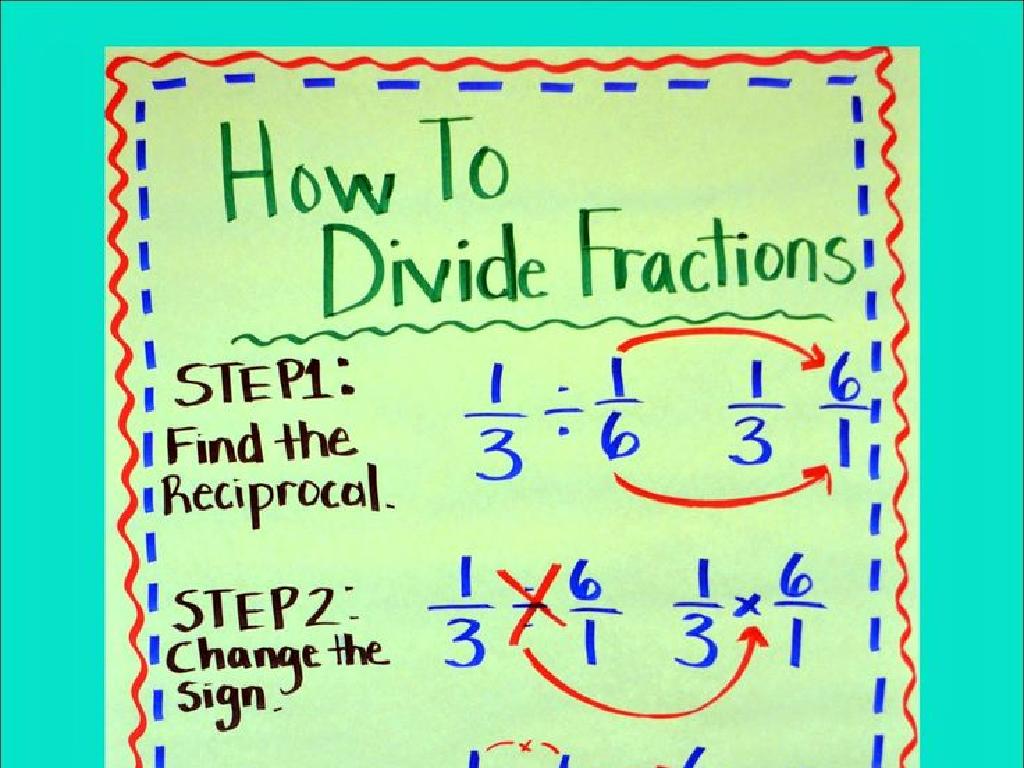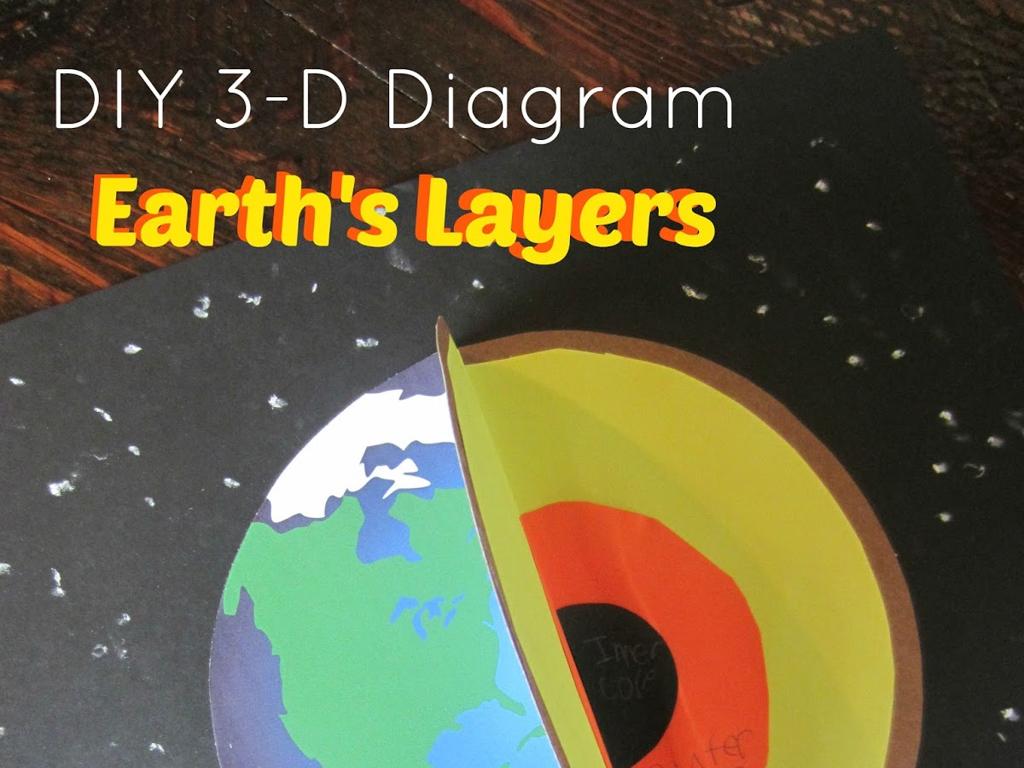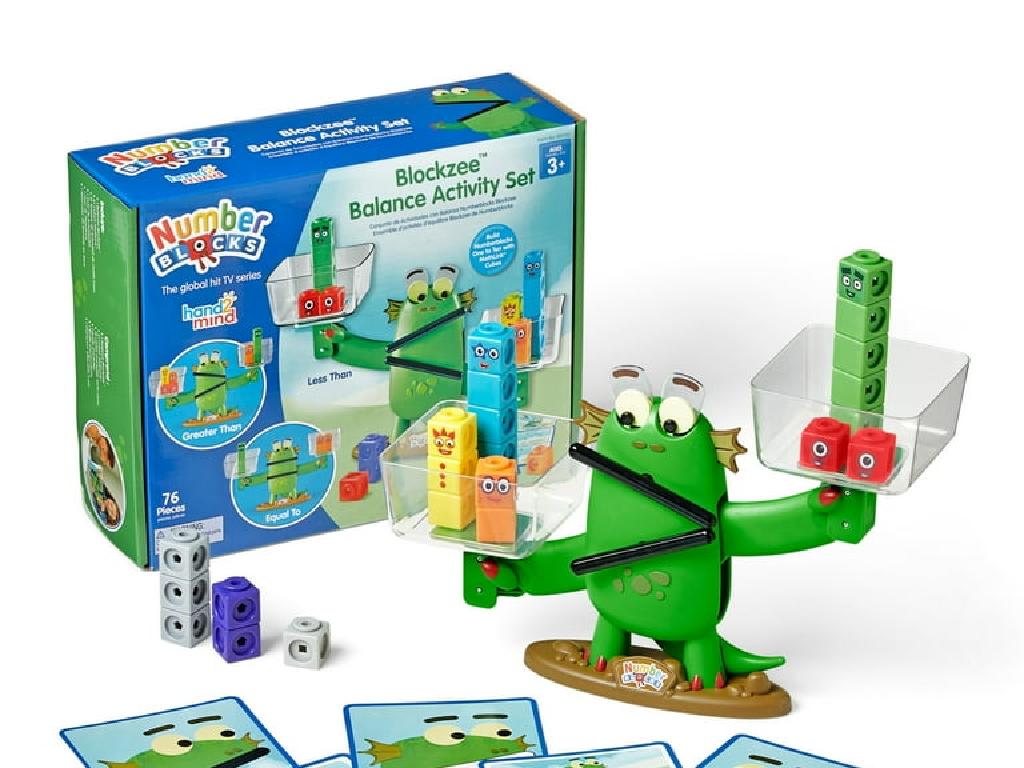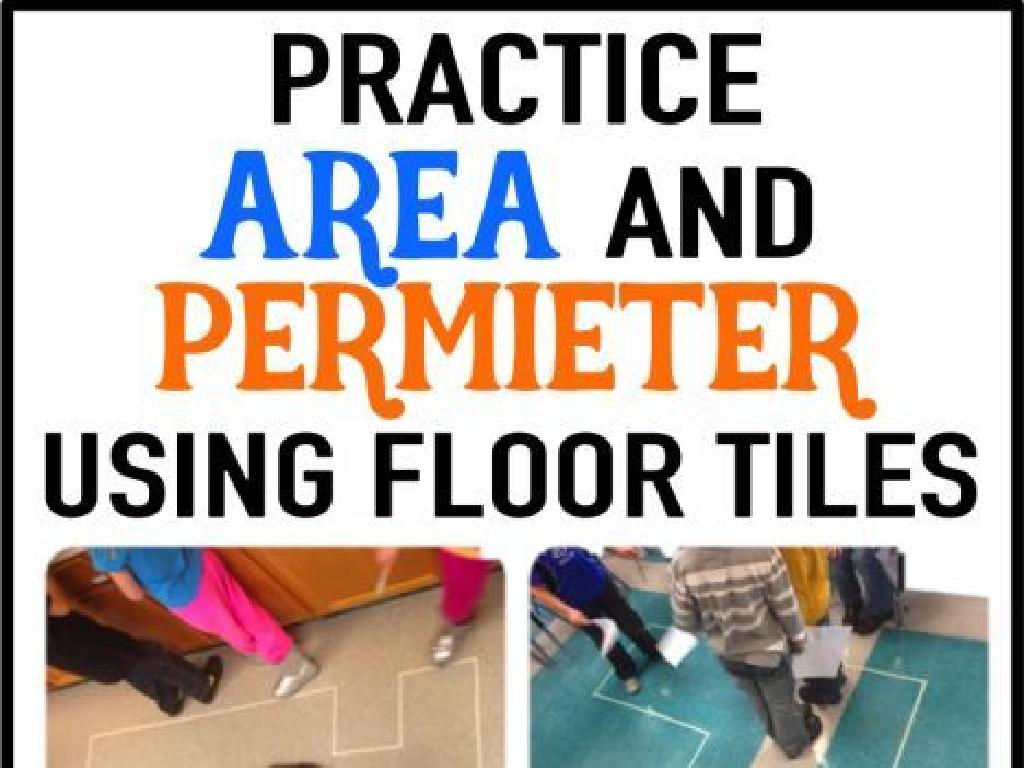Commas With Introductory Words And Phrases
Subject: Language arts
Grade: Fourth grade
Topic: Commas
Please LOG IN to download the presentation. Access is available to registered users only.
View More Content
Today’s Adventure: Commas with Introductory Words and Phrases!
– Discover the role of commas
– Commas create a pause in sentences
– Like taking a breath, commas help us break up thoughts for clarity
– Introductory words and phrases
– Words like ‘however,’ or phrases like ‘in the morning,’ set the stage for the main part of the sentence
– Practice makes perfect with commas
– We’ll do fun activities to become comma experts!
|
This slide introduces the concept of using commas after introductory words and phrases, which is an important part of punctuation for clear communication. Explain that commas act like a signal to pause, helping to organize sentences and make them easier to understand. Provide examples of introductory words and phrases and show how commas are used to separate them from the main sentence. Engage the class with interactive activities where they can practice placing commas correctly. By the end of the lesson, students should feel more confident in their ability to use commas after introductory elements.
Understanding Commas in Sentences
– What is a comma?
– A comma is a punctuation mark (,) used in writing.
– Commas signal a short pause
– When you see a comma, take a little break before continuing.
– Commas clarify sentence meaning
– They help us know which parts of a sentence go together.
– Practice using commas
|
This slide introduces the basic concept of a comma to fourth-grade students. Begin by explaining that a comma is a small but important punctuation mark that looks like a tiny hook or tail (,). It’s used in sentences to tell the reader to pause briefly, which can help in understanding the sentence better. Commas also help to separate ideas or elements within a sentence, making the meaning clearer. For example, in a list of items, or when someone is speaking in a dialogue. Encourage students to look for commas in their reading and to listen for the natural pauses in sentences when they’re reading aloud. Finish with some interactive practice, where students can try inserting commas into sentences themselves.
Commas with Introductory Words
– Introductory words begin sentences
– They set the stage for the main idea
– Examples include ‘Yes,’ ‘Well,’ ‘Now,’
– ‘Oh,’ ‘So,’ and others can start a sentence
– Use a comma after introductory words
– Remember to pause with a comma right after
|
This slide introduces the concept of using commas after introductory words in sentences. Introductory words are used to grab the reader’s attention and often express emotion or transition. They are usually followed by a comma to indicate a natural pause and to separate them from the main idea of the sentence. Provide students with examples and have them practice by writing sentences starting with these words, ensuring they place commas correctly. Reinforce the idea that the comma helps to clarify the sentence structure and improves the readability of their writing.
Using Commas After Introductory Words
– Comma use after introductory words
– Introductory words like ‘Yes’ or ‘Well’ start sentences.
– Example: ‘Yes, I would love to…’
– ‘Yes, I would love to read your story’ shows how to use a comma.
– Practice identifying introductory words
– Recognize the need for commas
– Understand when and why to use a comma in sentences.
|
This slide introduces the concept of using commas after introductory words in sentences. Start by explaining that introductory words are used to express agreement, hesitation, or a response, and they are usually followed by a comma to separate them from the main sentence. Use the example provided to illustrate this point. Then, engage the students in an activity where they identify introductory words in sentences and practice placing commas correctly. This will help them recognize the structure of sentences and the importance of punctuation for clarity. Encourage students to come up with their own examples and explain their reasoning for comma placement.
Commas with Introductory Phrases
– What are introductory phrases?
– Groups of words before the main sentence part
– Not complete sentences
– Examples in sentences
– ‘After the rain stopped, the flowers bloomed.’, ‘Before we go to lunch, wash your hands.’
– Practice using commas
– Find sentences in books and add commas
|
This slide introduces the concept of introductory phrases to fourth-grade students. Explain that these phrases set the scene for the main sentence and are followed by a comma. Emphasize that they are not standalone sentences. Use clear examples to show how commas are used after introductory phrases. Encourage students to look for introductory phrases in their reading materials and practice punctuating them correctly. During the next class, have students bring in sentences they’ve found and discuss where the commas go. This will help reinforce their understanding of the use of commas with introductory phrases.
Using Commas After Introductory Phrases
– Comma use after introductory phrases
– We use a comma to separate an introductory phrase from the main part of the sentence.
– Example: Setting the scene
– ‘Before we go to lunch, let’s clean our desks.’ – ‘Before we go to lunch’ sets the stage for what comes next.
– Practice: Identify phrases and commas
– Find the introductory phrase in a sentence and check if it’s followed by a comma.
– Understanding the importance
|
This slide introduces the concept of using commas after introductory phrases to Fourth-grade students. Start by explaining that an introductory phrase sets the stage for the main part of the sentence and is usually followed by a comma. Use the example provided to illustrate how the comma helps in understanding the sentence structure. During practice time, encourage students to identify the introductory phrase in a sentence and to check if it’s correctly followed by a comma. Emphasize the importance of commas for clarifying meaning and making sentences easier to read. Provide additional examples and encourage students to create sentences with introductory phrases and commas.
The Importance of Commas
– Commas affect sentence meaning
– For example, ‘Let’s eat, Grandma!’ vs. ‘Let’s eat Grandma!’
– Lack of commas causes confusion
– A sentence without commas can be hard to understand.
– Correct commas aid clarity
– Using commas well helps us share our thoughts better.
– Practice makes perfect
|
This slide emphasizes the significance of commas in writing. Commas can drastically alter the meaning of a sentence, as seen in the classic example involving Grandma, which can be a matter of eating with Grandma or suggesting Grandma is to be eaten! Without proper comma usage, sentences can become jumbled and difficult to interpret, leading to misunderstandings. Teaching correct comma placement is crucial for clear communication. To reinforce this lesson, students should practice with exercises that involve adding commas to sentences to change their meaning or clarify their intent.
Let’s Practice Commas Together!
– I write, we add commas together
– Partner up to create sentences
– Work with a classmate and think of sentences that start with words like ‘Well,’ ‘Yes,’ or ‘However,’
– Use introductory words/phrases
– Remember, introductory words/phrases set the stage for the main part of the sentence
– Share sentences with the class
|
This interactive slide is designed for a class activity to practice using commas after introductory words and phrases. Start by writing sentences on the board without commas and have the students suggest where to place them. Encourage collaboration by having students pair up to write their own sentences, emphasizing the use of introductory elements. This exercise will help them understand how commas can change the flow and meaning of a sentence. Afterward, facilitate a sharing session where each pair presents a sentence to the class, fostering a supportive learning environment and peer feedback.
Class Activity: Comma Hunt
– Search for sentences in the classroom
– Locate introductory words and phrases
– Phrases like ‘After lunch’ or ‘In the morning,’ start sentences
– Determine the correct comma placement
– Decide where to pause and add a comma
– Record your findings on the worksheet
– Use the Comma Hunt worksheet to write sentences correctly
|
This activity is designed to help students recognize and correctly use commas after introductory words and phrases. Encourage students to look for sentences in books, posters, or any written material in the classroom. Guide them to identify phrases that set the stage for the main part of the sentence. Once they find these, they should practice placing commas to reflect natural pauses. Provide a worksheet for students to write down the original sentences and their corrected versions. For differentiation, some students can hunt for simple introductory words like ‘Yes,’ ‘No,’ ‘Well,’ while others can look for longer introductory phrases. This hands-on activity will reinforce the lesson on commas and give students a practical understanding of their usage.
Conclusion & Homework: Comma Explorers
– Celebrate becoming comma explorers
– Commas clarify sentence meaning
– Complete the Comma Hunt worksheet
– Find and correctly place commas in sentences
– Create 5 sentences with introductory elements
– Start sentences with words like ‘After’, ‘Although’, ‘While’
|
Well done to the students for learning about the role of commas in sentences! As a reminder, commas are crucial in helping us understand the structure and meaning of sentences, especially when we use introductory words or phrases. For homework, the students will reinforce their learning by completing a worksheet where they will practice identifying where commas should be placed. Additionally, they will craft 5 original sentences that begin with introductory words or phrases, ensuring they place commas correctly. This exercise will help solidify their understanding of the use of commas with introductory elements. Encourage creativity with their sentences and remind them to think about how the introductory element sets the stage for the main part of the sentence.






